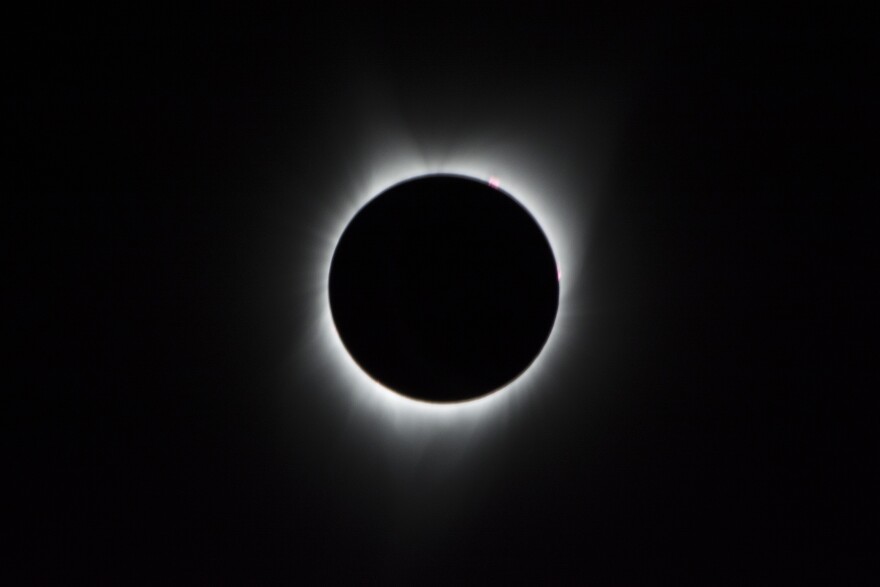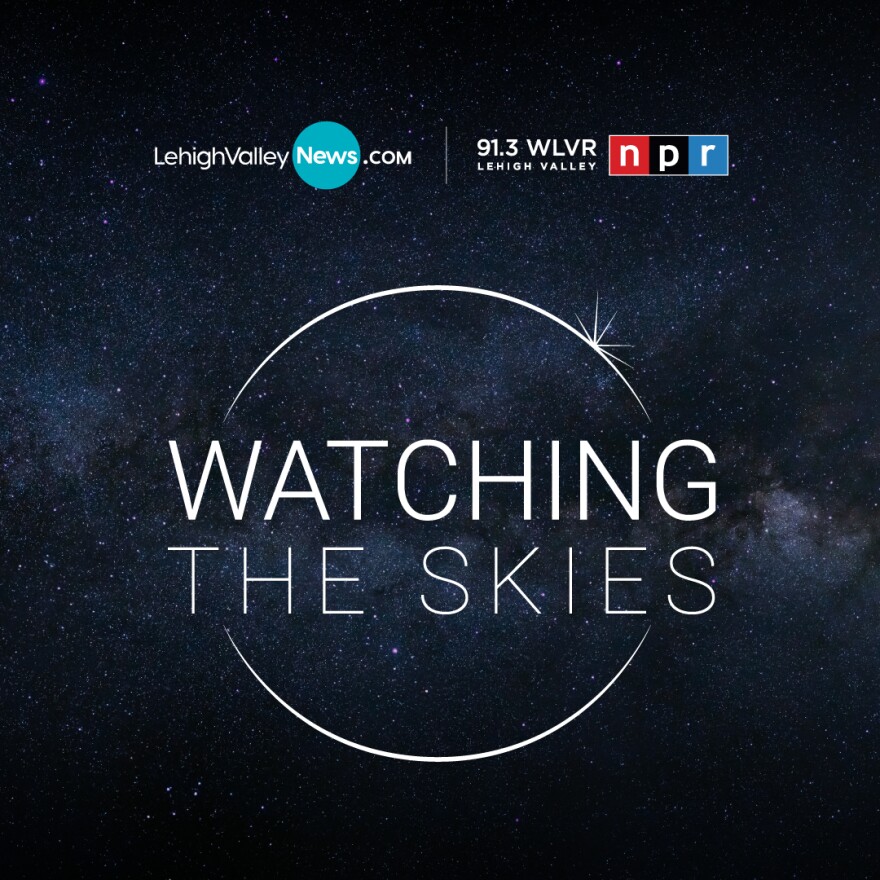BETHLEHEM, Pa. — Brad Klein reviews upcoming astronomical highlights with Bethlehem’s "Backyard Astronomy Guy," Marty McGuire.
This week offers a look forward to the coming year.
In 2025, we will see both an eclipse of the sun and the moon in March. The lunar eclipse will be visible from the Lehigh Valley. But the solar eclipse would take many miles of travel in order to see at its most dramatic.
The total eclipse of the moon occurs on the evening of March 13 and past midnight into March 14 — a day known as Pi Day, since 3.14 are the first digits of that irrational mathematical constant.
The best views of the lunar eclipse from the Lehigh Valley will take place between midnight and 4 a.m. Totality occurs at 2:58 a.m. Eastern Daylight Time. As with all things astronomical, everything depends on how much cloud cover is present that evening.

The solar eclipse peaks just minutes after sunrise, on March 29.
As seen from the Lehigh Valley, the show ends just as the sun becomes visible above the eastern horizon. As with all solar eclipses, you cannot safely look directly at the sun without protective optical equipment. But with a clear view to the East, and the right equipment, a skilled observer should see the moon block a small portion of the sun’s disk.
For a better view of this astronomical event, an eclipse fanatic could travel to northernmost Maine. Or for a better view, one could travel to Greenland or Iceland. But even in those far northern locations, this eclipse will remain a partial solar eclipse, with the moon never fully obscuring the sun.



